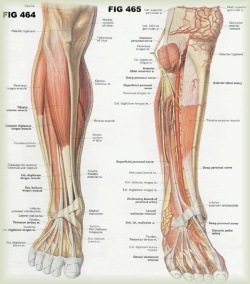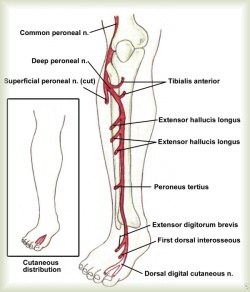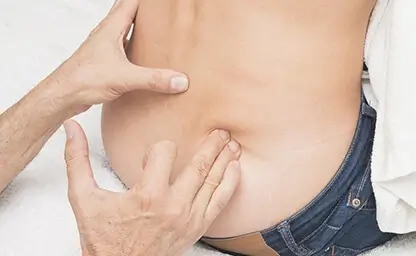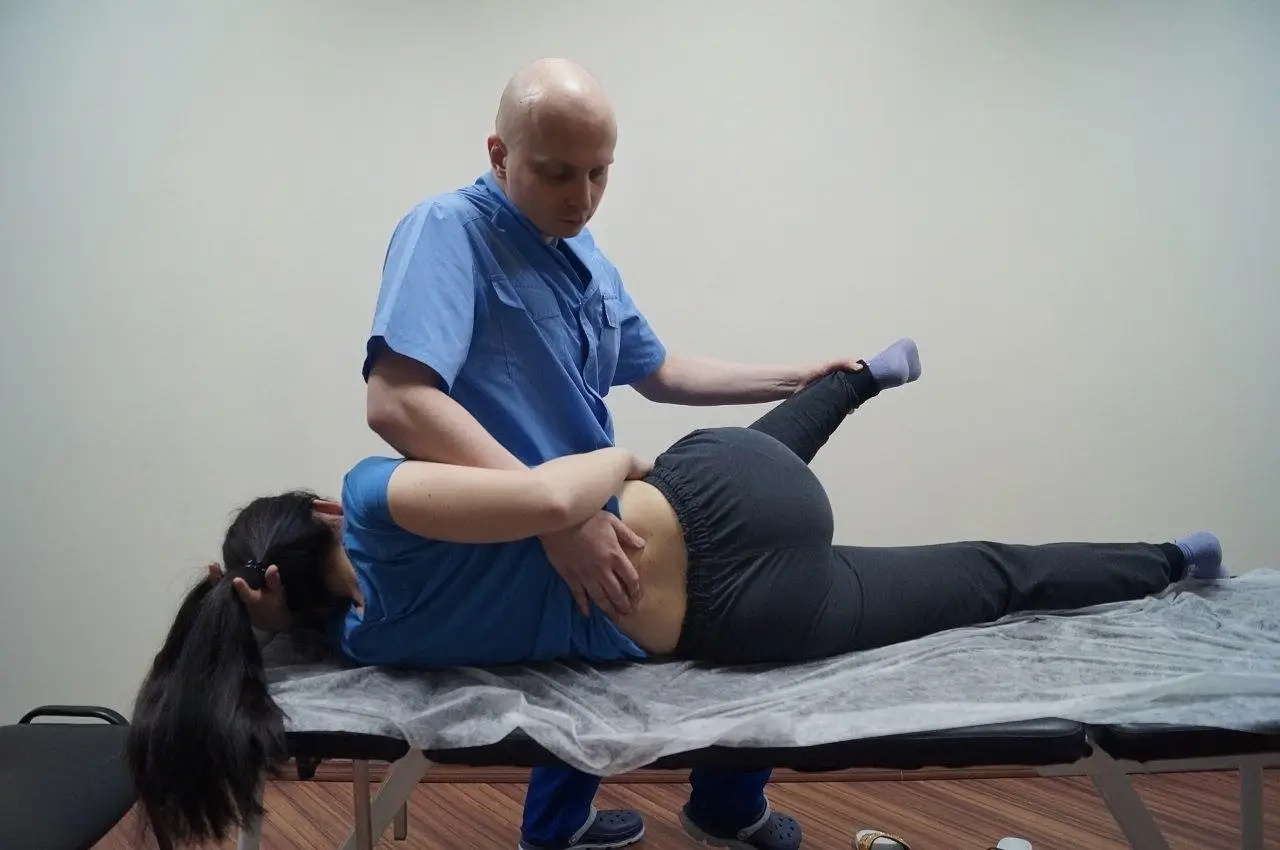

Pinched nerve in big toe
A 25-year-old man. Complains of inability to move the big toe (trapped nerve in big toe?), pain in the arch of the foot on the right side. When walking barefoot, his toe constantly touches the threshold and the carpet. This problem occurred 2 days ago, when playing soccer and hitting the ball, hit the ground hard (plantar flexion of toes, especially thumb). Noticed the problem the same day.
 Objective examination: no signs of fracture, tear, swelling, inflammation of tissues detected. Active movements of the big toe are not possible, passive movements are preserved (painless, full range of motion). Significant painfulness of the center of the muscle fibers of the long extensor of the toes (Extensor digitorum longus) was detected, which reproduces pain in the arch of the foot when stimulated.
Objective examination: no signs of fracture, tear, swelling, inflammation of tissues detected. Active movements of the big toe are not possible, passive movements are preserved (painless, full range of motion). Significant painfulness of the center of the muscle fibers of the long extensor of the toes (Extensor digitorum longus) was detected, which reproduces pain in the arch of the foot when stimulated.
Diagnosis: myofascial pain syndrome of the long extensor digitorum, pinching (tunnel compression syndrome) of motor fibers of the nerve going to the extensor digitorum of the big toe.
Treatment: 40 seconds of ischemic compression of myofascial trigger point in the long extensor of the toes.
Results: pain in the arch of the foot went away completely, mobility of the big toe was restored immediately.
Trapped nerve in big toe. Conclusions.
 The case made a great impression on me. From the trauma and the beginning of the symptoms of a trapped nerve passed about 36 hours, during which the disorder did not increase, but was not about to disappear.. And the complete disappearance of the symptoms after 40 seconds of pressure in one place. It looks like a miracle, but let's understand the anatomy and physiology.
The case made a great impression on me. From the trauma and the beginning of the symptoms of a trapped nerve passed about 36 hours, during which the disorder did not increase, but was not about to disappear.. And the complete disappearance of the symptoms after 40 seconds of pressure in one place. It looks like a miracle, but let's understand the anatomy and physiology.
The most likely explanation: the trauma caused myofascial dysfunction in the long extensor of the toes, which strained, shortened, and compressed the motor fibers of n. peroneus profundus, the nerve of the big toe going to the extensor muscle, which caused its paralysis. And the pain in the arch of the foot (note, not in the big toe) is caused by the reflected pain from the long extensor of the toe, which is completely consistent with the research data. Elimination of myofascial dysfunction of the key muscle resulted in complete disappearance of the symptomatology, including distant symptoms.
Remarkably, all the complaints were below the ankle in the foot, but their cause was below the knee. At that time, I was just beginning to become interested in this area of medicine and it was this case that gave me great impetus to continue and deepen my efforts.
P.S.
That patient was me.

Grigori Tafi
Osteopath, sports medicine doctor
15 years of experience in osteopathy and manual therapy. Read more...
☛ Myofascial pain syndrome in the chest. .
☛ Pins and needles in hip area.




